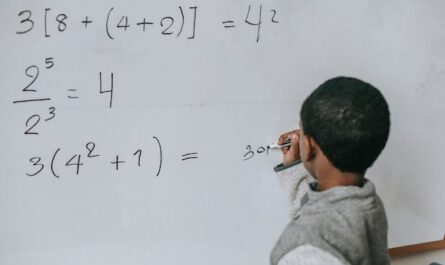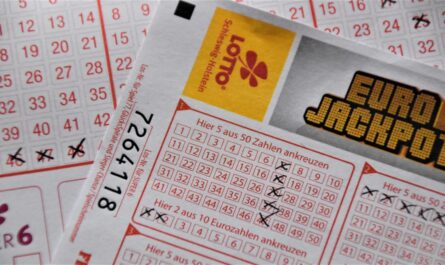The Birthday Paradox is not a puzzle about birthdays per se, but rather a striking illustration of probability theory. It poses a question that seems counterintuitive at first: What is the chance that in a room of 23 people, at least two people share the same birthday? Have a guess before you continue to read the rest of this post.
Have you got your answer? The correct answer is fifty percent. Odds are that you greatly underestimated this probability. Don’t worry, most people do! That is why this question is called the birthday paradox.
The math
Let’s look at the math to convince ourselves that this answer is correct. The trick to work out the probability is to adopt the complement rule (read more about that here). This rule states that the probability of an event occurring is 1 minus the probability that the event does not occur. So, we need to find the probability that each of the 23 people have a different birthday.
In a room of 23 people, there are (23*22)/2 = 253 pairs of individuals. For each of these pairs, the chance that they have different birthdays is 1-(1/365) = 364/365 = 0.997260. The chance that all pairs of individuals have different birthdays is (364/365)^253 = 0.4995, or about 50 percent. Note that this is an approximation, because it ignores that more than two people can have the same birthday.
Explanations for the Birthday Paradox
So why do most people underestimate this probability? There are multiple explanations. The first is that humans have a bad intuitive sense for probability, especially when they are multiplied. The second explanation is that people tend to be self-centered. If you hear about a room of 23 people, you tend to think about the chance that one of these people has the same birthday as you. In other words, you tend to forget all the other combinations between people that do not involve you!
Conclusion
The birthday paradox is a wonderful example of how difficult it is to guess probabilities. Don’t be fooled by such problems, but always do the math!




